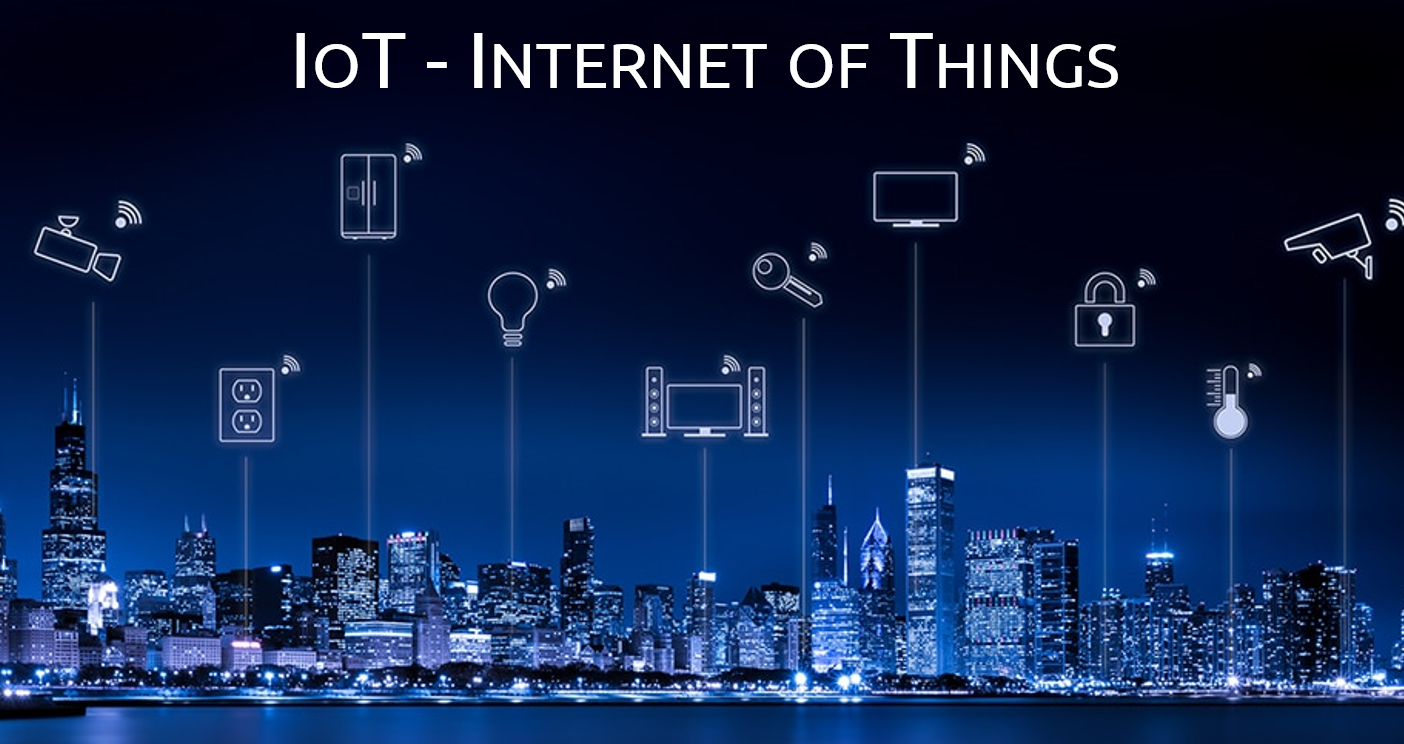
At JAMIS, we keep an eye on trends and adjust accordingly to best serve our customers and the market in general. So, today we’ll talk about some of the major things going on in business tech. What trends in ERP should you be aware of going into 2020? What are technology providers and software vendors doing that can help drive your business forward?
The Cloud: In a recent survey by Forbes, they found that 74% of Chief Financial Officers say that cloud computing will have the most measurable impact on their business this year (Link to Article). But we hear the term “cloud” so much now. Enough of the marketing… what does it really mean to me? Well, the cloud has essentially connected people with data in real-time, allowing them to be more informed, and make faster and smarter decisions. Now every employee, whether they’re a CEO or an employee out in the field or on the shop floor, can access key information from anywhere using any device.
Integration: Another key differentiator for technology solutions is the ability to connect with other business critical applications. We live in a day and age with amazing innovation in technology, services, and solutions. Moving to a connected cloud services world is happening as we speak. Customers can move between their third-party applications without feeling the seams between the products and the services. The search for the ultimate solution must rest on the idea that no one-size-fits-all option exists. There are different application requirements based on each unique business’ needs, which means the cloud ERP solution that a business chooses may need to be able to integrate seamlessly with multiple third-party applications.
Internet of Things (IoT): – Some call it the Intelligence of Things or the Internet of Everything. In a 2015 report from the World Economic Forum on the topic of IoT (Link to Article), it was said: “We are in the earliest phases of a technological transformation whose impact will be at least as great as every previous cultural and industrial revolution in human history. Every object, system and technology in our present reality – from office equipment to our physical organs, from defense and security systems to the local grocery store – will be connected, and those connections, thanks to AI-driven data analytics, will make once mute objects into autonomous actors, even co-creators of the future.”

Artificial Intelligence (AI): There are so many misconceptions about artificial intelligence, from evil movie robots to computers plotting to take our jobs. While in some cases, this is partially a concern. For the most part, there are very practical uses for this very complex technology. Whether we realize it or not, artificial intelligence is all around us and playing an active role in our daily lives. 
There was a recent survey conducted by Aberdeen Research on B2B buyers in 2019 (Link to Article). One of the key data points the research showed is that 62% of those surveyed said showing the buyer a new way to solve an established problem can shorten the buying process. And this is what thousands of technology companies are thinking about every day. How can we take common issues that businesses consistently face, and find new ways to solve these challenges utilizing the new tools and concepts available in today’s environment?
Click the button below to schedule a meeting with a JAMIS team member to discuss how we can help you with your own personal digital transformation.


